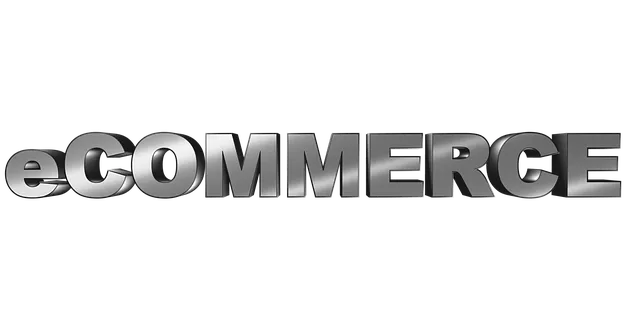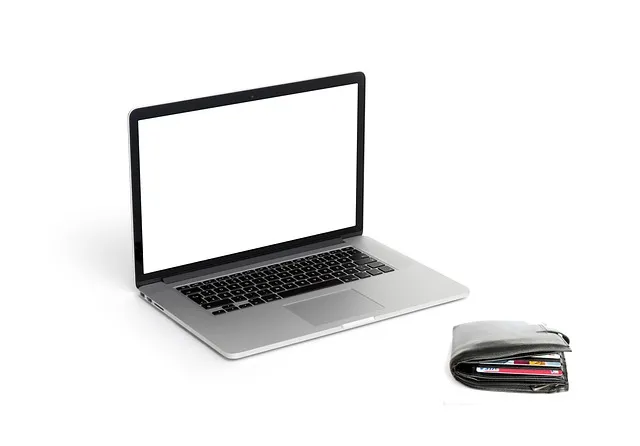In the competitive field of fashion design and influencing, mastering discreet online shopping and research practices is essential. Industry professionals use Incognito mode to conduct market research without revealing their browsing habits, thus safeguarding their personal or professional brands' integrity. This anonymity allows them to accurately assess market trends and competitive landscapes without the influence of personal search histories, enabling informed decision-making based on true market conditions. Additionally, private label services, VPNs, ad-blockers, and secure payment methods are employed to maintain digital privacy, comply with privacy laws like GDPR, and ensure that innovative ideas remain confidential until their public release. This comprehensive approach to online activities with privacy-enhancing tools is crucial for fashion designers and influencers to stay ahead in a dynamic industry where discretion can translate into a competitive advantage.
Navigating the dynamic fashion industry requires keen insight and agile marketing strategies. Fashion managers must stay ahead, leveraging stealthy web surfing techniques to unearth market trends and inspirations without tipping their hand. Our article delves into the nuanced art of discreet online shopping and research, ensuring that your competitive edge remains sharp. We’ll explore mastering incognito modes, utilizing anonymized data for targeted marketing, and employing specialized tools to keep you at the forefront of fashion trends. This guide is a must-read for those seeking to maintain a strategic advantage in the ever-evolving digital landscape.
- Mastering Incognito: The Art of Stealthy Web Surfacing for Fashion Insiders
- Leveraging Private Browsing to Glean Market Trends and Inspirations
- Utilizing Anonymized Data for Targeted Marketing Strategies in the Fashion Sphere
- Navigating the Digital Landscape: Tools and Techniques for Discreet Online Shopping and Research
Mastering Incognito: The Art of Stealthy Web Surfacing for Fashion Insiders

When fashion designers and influencers delve into discreet online shopping, mastering the art of stealthy web surfing becomes paramount. The digital landscape is rife with trackers and analytics that can reveal a trail of their browsing habits, potentially affecting brand negotiations and market positioning. To maintain an edge and protect the integrity of their personal or professional brand, these industry insiders must be adept at using privacy-focused tools like Incognito mode. This feature allows them to browse without leaving a digital footprint, ensuring that their market research remains confidential and their creative processes uninfluenced by past browsing data.
Incognito mode is not just a feature for everyday anonymity but a strategic tool for competitive analysis and trend spotting. By utilizing this mode, fashion designers and influencers can conduct thorough market research without skewing results with their previous searches. This discretion enables them to observe the true state of the market, discerning trends that are emerging organically rather than those influenced by their own browsing history. Additionally, it allows for unbiased comparisons of competitors’ pricing, design elements, and marketing strategies, which can inform more strategic decision-making in the fast-paced fashion industry. With Incognito mode as a steadfast ally, these professionals can navigate the web with the stealth and agility necessary to stay ahead in the ever-evolving world of fashion.
Leveraging Private Browsing to Glean Market Trends and Inspirations

Marketers in the fashion industry are constantly on the lookout for emerging trends and sources of inspiration to stay ahead of the curve. Leveraging private browsing modes offers a discreet avenue for fashion designers and influencers to conduct market research without their observations being influenced by past browsing behaviors. By utilizing these stealthy tools, professionals can incognito browse competitor sites, social media platforms, and trend forecasting services to glean insights into consumer preferences, upcoming styles, and innovative marketing strategies. This approach ensures that their curiosity and data gathering efforts remain unnoticed, allowing for genuine market observations without the risk of bias from personalized content algorithms.
In addition to maintaining a competitive edge, private browsing modes also provide a secure environment for fashion marketers to explore potential collaborations, supplier partnerships, or even discreet online shopping for unique pieces that can inspire new collections or influence styling directions. The anonymity of these modes enables users to test the waters with new ideas and trends without the fear of their searches being saved, tracked, or influencing future online experiences. This stealthy web surfing is not just a privacy measure but a strategic tool for staying informed and ahead in the fast-paced world of fashion marketing.
Utilizing Anonymized Data for Targeted Marketing Strategies in the Fashion Sphere

Navigating the Digital Landscape: Tools and Techniques for Discreet Online Shopping and Research

Navigating the digital landscape requires a blend of tactful browsing and strategic use of tools to maintain a degree of anonymity while engaging in online shopping and research, particularly for fashion designers and influencers who need to stay ahead of trends without revealing their intentions prematurely. Discreet online shopping platforms that offer private label services can be instrumental in this regard, allowing these professionals to source materials or purchase samples without exposing their upcoming designs or concepts to competitors. Virtual Private Networks (VPNs) are a cornerstone in maintaining digital privacy; they mask the user’s IP address, ensuring that browsing habits remain confidential. Additionally, utilizing incognito or private browsing modes in web browsers can prevent search history from being stored and potentially accessed by third parties.
To further enhance stealthy web surfing, fashion designers and influencers should employ ad-blocking extensions to avoid targeted advertising that could lead back to them, and they should be cautious with social media activity, as these platforms often track user behavior extensively. Employing secure payment methods and services that do not retain personal data are also prudent practices. Moreover, staying informed about digital privacy laws and using tools that comply with regulations like GDPR can provide an additional layer of security. By integrating a combination of these tools and techniques into their online activities, fashion designers and influencers can conduct discreet online shopping and research, safeguarding their competitive edge in the dynamic world of fashion.
In conclusion, for fashion designers and influencers aiming to navigate the ever-evolving digital landscape with discreet online shopping and research, mastering stealthy web surfing is not just a skill—it’s an indispensable tool in staying ahead of market trends. By utilizing private browsing modes, leveraging anonymized data, and employing specialized tools and techniques, marketing managers can glean valuable insights while maintaining the privacy necessary to protect their creative process. The strategies outlined in this article serve as a compass for those looking to keep their finger on the pulse of fashion without revealing their intentions or inspiring competitive maneuvers. In the realm of targeted marketing within the fashion industry, staying informed and ahead of the curve is paramount—stealthy web surfing is the silent ally that provides the advantage needed in today’s fast-paced, highly connected world.
